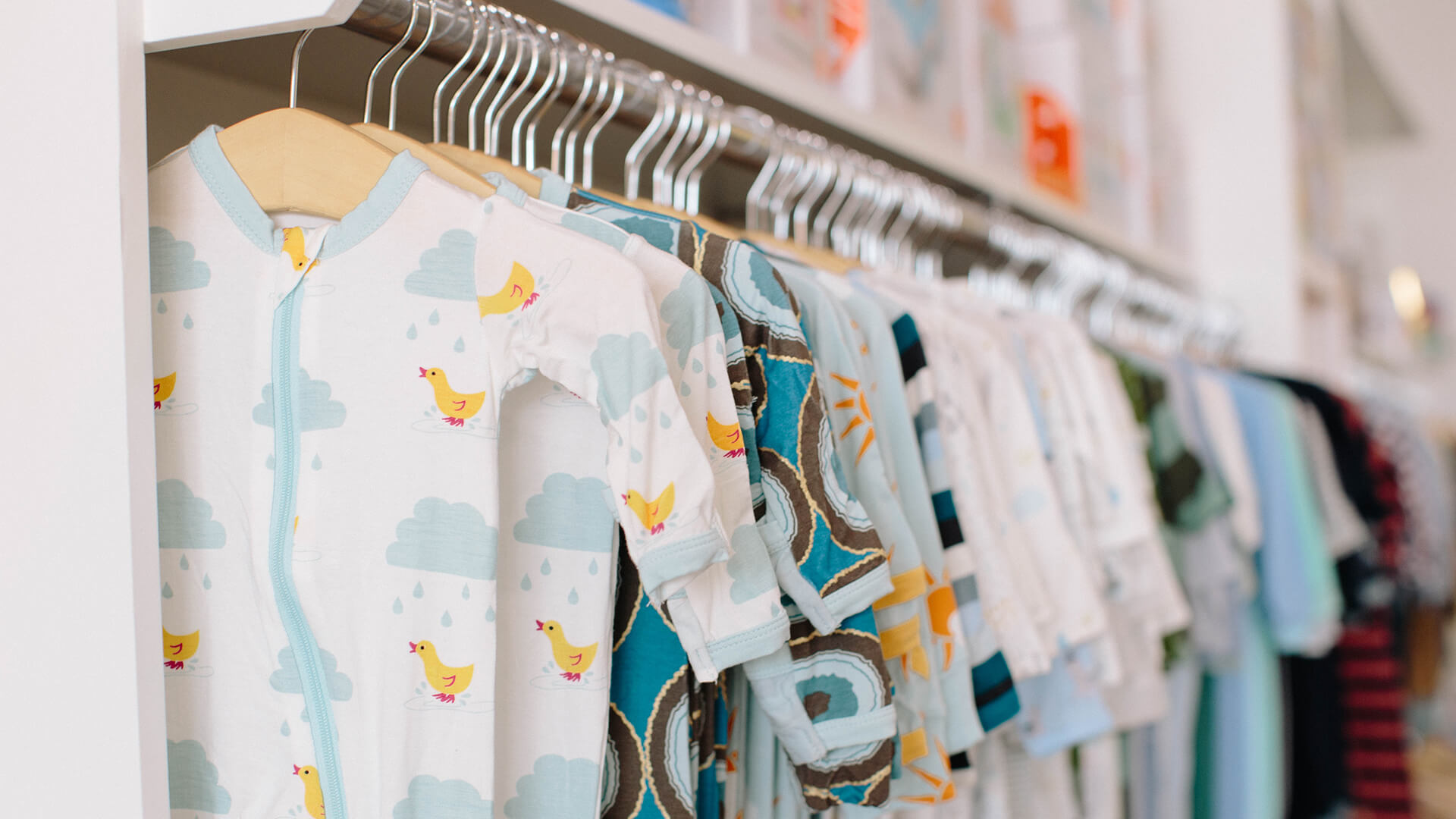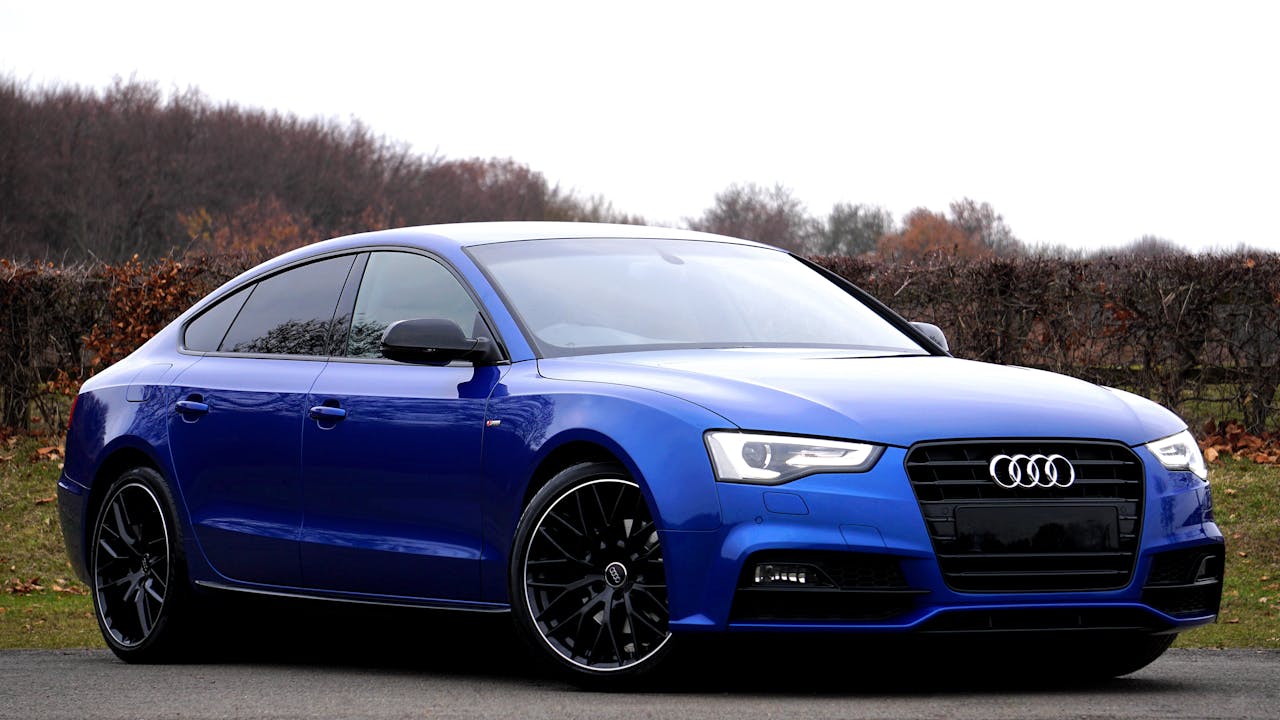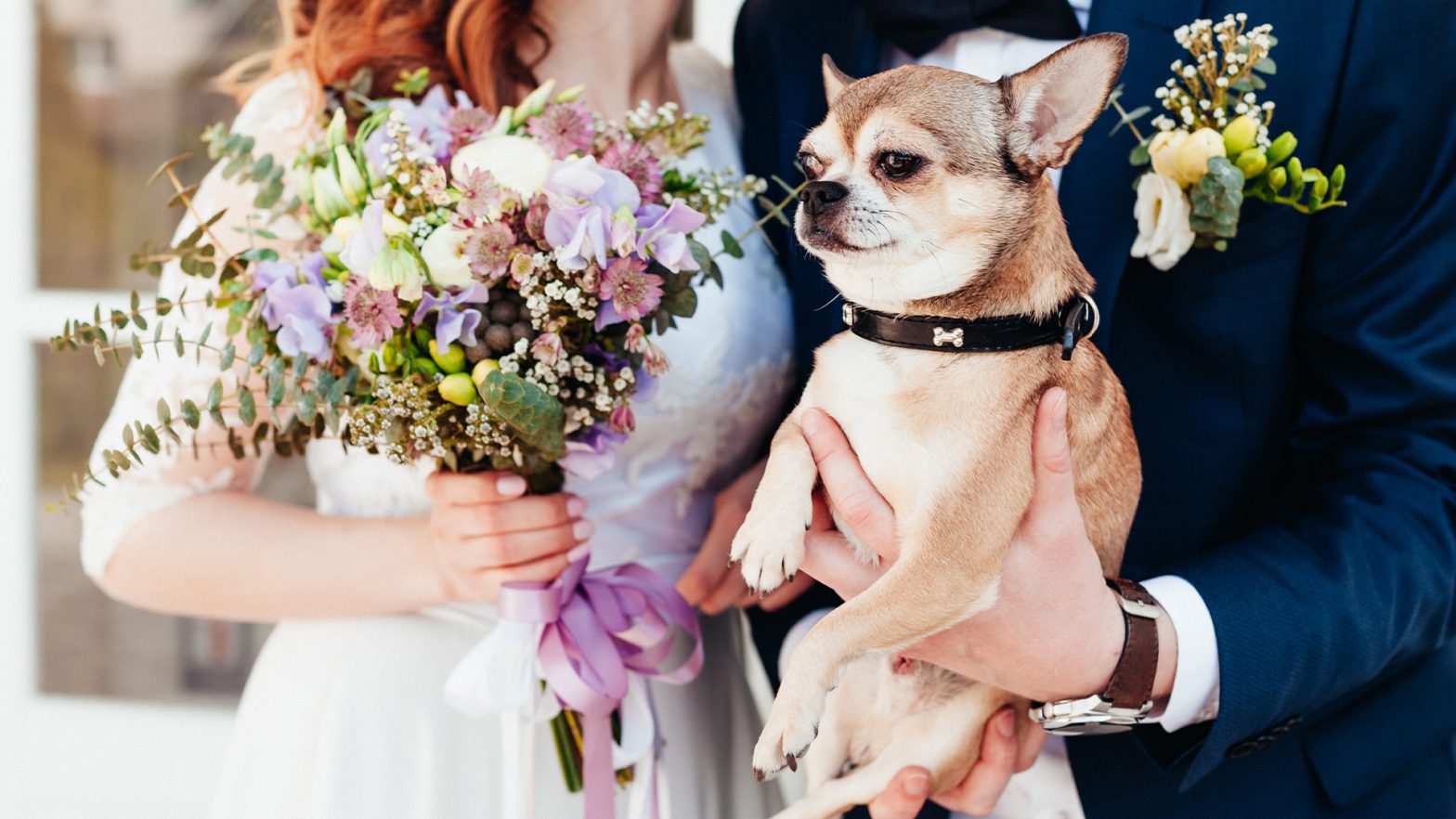
Few things in life are more adorable than shopping for your baby’s clothing. From tiny babygrows and booties to pajamas and pants, your newborn will have a list of needs that go beyond just their diapers.
When it comes to your little one’s wardrobe, it’s important to dress them appropriately according to the seasons and temperature. Protecting them from the elements is key and ensuring they are neither too hot nor cold can be challenging especially in extreme weather conditions. Whether you’re an expectant mother on your first babymoon or have recently given birth, read on for some helpful tips on dressing your baby throughout the year.
Spring Weather
With the cold winter months behind you, you may feel inspired to take your baby out for some fresh air in their pram or stroller. One of the best things about this season is the opportunity to dress your baby in pretty pastels and brightly colored outfits.
Although spring is generally a mild season, bear in mind the weather can be unpredictable and temperatures may fluctuate in either direction. Spring mornings can be cold and crisp, while the afternoons can heat up quickly.
As a general rule, it is best to use layers, removing clothing as required. For instance, a long-sleeved cotton jumpsuit with leggings or pants could make up the first layer, followed by a warmer layer on top. A hat, socks and mittens will keep your baby’s extremities warm and a thin blanket can shield them from the wind. Touch the skin on their chest or neck to determine whether your baby is at a comfortable temperature and add or remove clothing accordingly. When you return indoors from your stroll, remember to remove layers as needed to prevent your child from overheating.
Summertime
During the hottest season, it is important to keep your baby cool as well as looking fantastic. Since infants are unable to regulate their body temperature well they are particularly sensitive to extremes in temperature and can be at risk of overheating. Studies have shown that too many layers, heavy clothing and warm room temperatures increase the risk of sudden infant death syndrome (SIDS).
If possible, avoid going outside with your baby during the hottest times of the day when the sun is at its peak. This is usually between 10 am and 4 pm, so early morning or late afternoon walks are best to ensure your baby stays cool.
Loose, breathable fabrics are advisable for the summertime and a single layer of clothing such as shorts and a t-shirt should be fine when the temperature is above 75 degrees Fahrenheit. A wide-brimmed summer hat will protect their head from overheating and it is advisable to shield your baby from exposure to the sun completely by using sun shade protection on their stroller. In very hot conditions a comfortable fan for babies can also be attached to their stroller to ensure they stay cool.
Keep a regular check on your baby’s temperature by feeling their chest or the nape of their neck. Some signs of overheating include flushed cheeks and rapid breathing. If this is the case, remove layers of clothing and return indoors or somewhere cooler.
Remember to pack some extra layers if you plan to be outside in the evening as the temperature can drop significantly once the sun sets and places with air-conditioning can also feel chilly.
Autumn Weather
As summer draws to an end and the weather turns cooler, it is time to layer up again. Similar to springtime, autumn temperatures can fluctuate greatly, dipping to lows or reaching highs as in an Indian summer.
A good rule of thumb is to put one more layer on your baby than you are wearing. Long sleeves, warm leggings or pants with socks can make a comfortable base layer. Natural fabrics such as wool and cotton are ideal as they are breathable materials that can provide better insulation and warmth for your baby compared to synthetic materials such as polyester or acrylic.
If you are carrying your baby in a carrier, bear in mind that your body heat can act as an extra layer. When going outdoors, cover your baby’s head in a hat and bring a blanket and gloves along as well.
Wintertime
When temperatures drop to their lowest, it’s important to keep your baby warm especially when venturing outdoors. Your baby’s hands, feet and ears are the most at risk of frostbite, so always keep them well covered when outdoors. Make sure they are protected from head to toe and are wearing mittens, warm socks and boots. Since most heat is lost from your baby’s head, make sure to cover it with a hat to keep them warm.
Layering their clothing will not only trap heat but will allow you to regulate their temperature if they overheat. Thin, cotton fabrics with a bodysuit as a base layer followed by pants and a long-sleeved top or wooly dress and leggings can be an intermediate layer. On a particularly cold day, a snowsuit with a hood will keep your baby cozy and snug.
Tuck their blanket snugly around them when they are in their pram or stroller, and make sure to check for signs of overheating, remembering to remove layers once you return indoors.
Try to avoid the outdoors if the weather is below freezing and especially if it drops below 20 degrees Fahrenheit. The wind chill is another factor to check for, as it can make the air feel a lot colder than the temperature would suggest. A good rule would be to stay indoors in the winter, or take very short walks until the temperature is in the 35 to 40 degree Fahrenheit range.
With the advice in this article, you can feel confident knowing your baby will be appropriately dressed for the season.











































